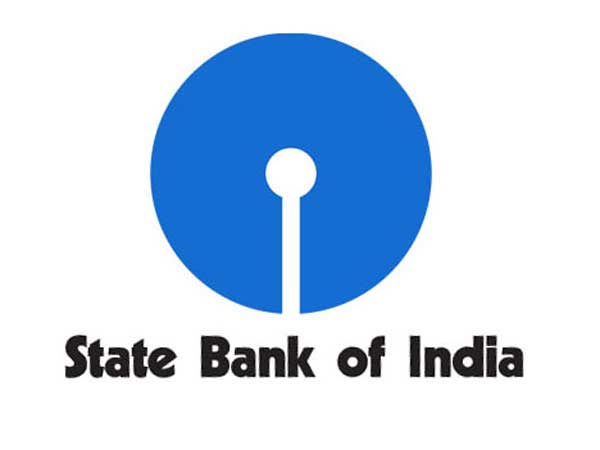HDFC Life Unveils ‘HDFC Life Saral Pension’ With Lifetime Fixed Income Benefit: Details Inside
[ad_1]
Read More/Less
Eligibility
Here you can check your eligibility and the minimum or maximum entry age according to HDFC Life.
| Parameters | Minimum | Maximum | |
|---|---|---|---|
| Age at entry (last birthday) | 40 years | 80 years | |
| Single Life | Joint Life | No Limit | |
| Purchase Price In Rs | 2,23,048 (Yearly) | 2,22,635 (Yearly) | |
| 2,26,560 (Half-yearly) | 2,26,140 (Half-yearly) | ||
| 2,28,416 (Quarterly) | 2,27,992 (Quarterly) | ||
| 2,29,592 (Monthly) | 2,29,166 (Monthly) | ||
| Annuity payout (Rs) per frequency | 12000 (Yearly) | No Limit | |
| 6000 (Half-yearly) | |||
| 3000 (Quarterly) | |||
| 1000 (Monthly) | |||
| Source: HDFC Life |

HDFC Life Saral Pension Benefits
- Single & Joint Life annuity options
- Option to get annuity payments for the rest of your life or the life of your spouse.
- Annuity payments shall be made monthly, quarterly, half-yearly, or annually.
- Higher annuity rates for large purchase prices.
- Refund of the purchase price upon death of the subscriber.
- On the diagnosis of critical illnesses, a 95% surrender value is issued.
- .Assured lifelong income – Once purchased, an annuity is promised for lifetime.

Higher annuity for large purchase price
The annuity rates differ depending on the purchase price range. According to HDFC Life, the purchase price bands are as follows:
| Band | Purchase Price (Excluding GST) |
|---|---|
| BAND 1 | Less than Rs. 2,00,000 |
| BAND 2 | Rs. 2,00,000 to Rs. 4,99,999 |
| BAND 3 | Rs. 5,00,000 to Rs. 9,99,999 |
| BAND 4 | Rs. 10,00,000 to Rs. 24,99,999 |
| BAND 5 | Rs. 25,00,000 and above |
| Source: HDFC Life |
By citing an example, HDFC Life has stated on its official website that “For a 60-year old male annuitant who wishes to purchase a life annuity with return of purchase price with corpus of Rs 25 lacs will get monthly annuity of Rs 11,213. Likewise, for a 60-year old male and 55 year female, who wishes to purchase a Joint life annuity with 100% annuity to secondary annuitant with return of purchase price with corpus of Rs 25 lacs will get monthly annuity of Rs 11,071.”

Annuity payout
Through ECS/NEFT, the annuity payment will be instantly credited to your registered or specified bank account. From the date of purchase of the plan, the annuity will be paid in arrears at the end of the specified annuity payment frequency. This means that annuity payouts for annual frequency will occur one year after purchase, half-yearly frequency will occur six months after purchase, quarterly frequency will occur three months after purchase, and monthly frequency will occur one month after purchase. Annuity payments for other than yearly frequencies shall be as follows:
| Frequency | Annuity Instalment (per frequency) |
|---|---|
| Half-yearly | 98.45% of Yearly Annuity x ½ |
| Quarterly | 97.65% of Yearly Annuity x ¼ |
| Monthly | 97.15% of Yearly Annuity x 1/12 |

Survival, Death & Maturity Benefit
Survival Benefit
For Single Life: For Life Annuity with Return of 100% of Purchase Price: Annuity Payments will be made in arrears for as long as Annuitant is alive, as per the chosen mode of annuity payment.
For Joint Life: For Joint Life Last Survivor Annuity with Return of 100% of Purchase Price (ROP) on death of the last survivor: Annuity will be paid in arrears for as long as the Primary Annuitant and/or Secondary Annuitant is alive, as per the chosen mode of annuity payment.
Death Benefit
For Single Life: For Life Annuity with Return of 100% of Purchase Price: On death of the Annuitant, the annuity payment shall cease immediately. The Purchase Price shall be payable to nominee(s) / legal heirs.
For Joint Life: For Joint Life Last Survivor Annuity with Return of 100% of Purchase Price (ROP) on death of the last survivor:
- On first death (of either of the covered lives):100% of the annuity amount shall continue to be paid as long as one of the Annuitants is alive.
- On death of the last survivor: The annuity payments will cease immediately. The Purchase Price shall be payable to the Nominee(s) / legal heirs.
Maturity Benefit: There is no maturity benefit provided under this plan.
[ad_2]



















